Gundam Reconguista in G served as the last anime outing for the iconic Gundam creator Yoshiyuki Tomino. The series will celebrate its tenth anniversary later in the year and I think finally understand what the director was trying to say in this truly unique series.
Background and History
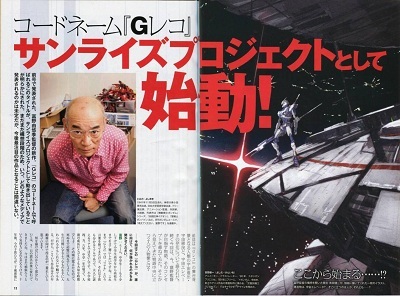
Gundam Reconguista in G, or colloquially known as G-Reco for short, is the culmination of Tomino’s long-gestating Turn A Gundam follow up project dubbed “Turn A Space”. You can read more about Turn A Space here.
The earliest recorded incarnation of Gundam Reconguista in G took the form of a short novel proposal, Hajimetai Capital G no Monogatari. The novel project was published in the December 2010 issue of Kadokawa Shouten’s Gundam Ace, and featured many key elements seen in the future anime series: far future setting, a protagonist named Beryl(concept name for Bellri) who is a Capital Tower engineer, a space pirate named Aida, and a space elevator that transported photon batteries.
In the September 2011 first issue of Kadokawa’s Newtype Ace, Tomino announced a new project under the codename “G-Reko”. The project was set 1,000 years after the end of the Universal Century timeline. Though not explicitly labeled as a Gundam project, the “G” in the title stood for gravity. Tomino noted “the ‘Gundam’ name was a total nuisance when trying to develop a new kind of robot story”. In August 2012 “G-Reko” was stated to have entered production via Gundam Ace.
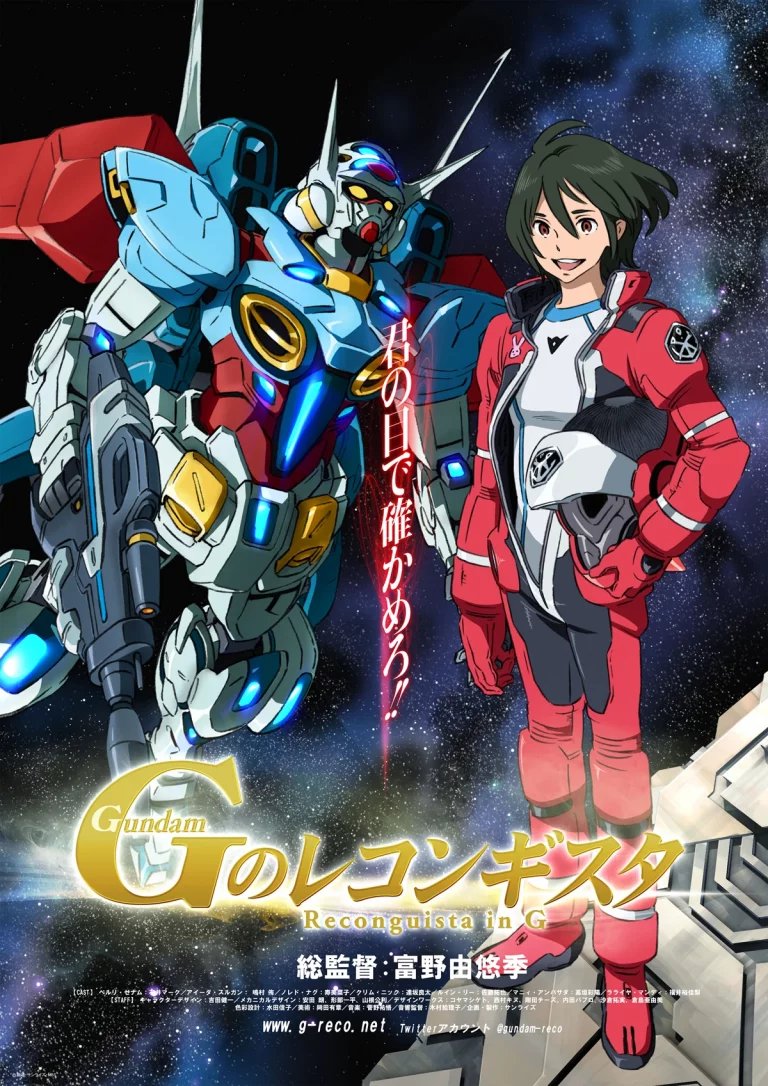
The “G-Reko” project was formally announced as a new anime TV series, now titled Gundam Reconguista in G in March 2014 a part of the Mobile Suit Gundam 35th Anniversary Project. The series would premiere in Fall 2014, naturally with Tomino at the helm as director and writer. The character designs were created by Kenichi Yoshida, with a mechanical design team consisting of Akira Yasuda (Akiman), Ippei Gyoubu, and Kimitoshi Yamane. Both Yoshida and Akiman returned after previously working with the director on Turn A Gundam and Overman King Gainer.
The primary three mecha designers’ duties were as followed: Akira Yasuda designed the protagonist’s mobile suit, the YG-111 Gundam G-Self, along with its multitude of backpacks and the Recten with its variant, Recksnow, Ippei Gyoubu designed the glut of the remaining mobile suits in the series, while Kimitoshi Yamane primarily focused on designing the series’ space vessels.
The music was composed by Yugo Kanno. The first opening theme is “BLAZING” performed by Garnidelia, while the second opening theme is “Futari no Mahou” by May J. The ending theme is “G no Senkō” by Daisuke Hasegawa.

A five-part compilation film series was announced in November 2018 as a part of the Mobile Suit Gundam 40th Anniversary Project. The compilations were to include new scenes and newly recorded dialogue. The first installment Gundam Reconguista in G I: Go! Fighter, released November 2019, following with II: Bellri’s Fierce Charge releasing February 2020, III: Legacy from Space releasing July 2021, IV: Love That Cries Out in Battle in July 22, and finally V: Beyond the Peril of Death released August 5, 2022.
Music duo DREAMS COME TRUE performed and composed a new theme song for the movie series titled “G,” while Daisuke Hasegawa returned to perform the new ending theme “Coloring by G-Reco”.
Story
Gundam Reconguista in G takes place in the Regild Century, several centuries after the well established Universal Century. It is the year R.C. 1014.
The new era begins!
The turbulent era known as the Universal Century has ended. Now, mankind looks towards prosperity and peace in the new era known as the Regild Century (R.C.). One of the most important resources in this era is the Capital Tower – a space elevator which towers over the land connecting Earth to space. Its purpose, to transport the Photon Batteries the Earth relies on for power. It is worshiped as a holy place.
Tasked with protecting the tower, one day on a practice mission, young Capital Guard cadet, Bellri Zenam is attacked by a high-performance G-Self Mobile Suit. Despite having never before encountered the G-Self, he feels a strange connection to it and its pilot, a space pirate called Aida Surugan.
Little does Bellri know that he is about to uncover truths which will shake the entire Regild Century.
And it is all just the beginning of Reconguista.

Analysis
Since its broadcast, G-Reco has gained a reputation for being confusing, convoluted, and nonsensical, except among a certain segment of diehard Tomino fans and mecha enthusiasts. This negative reception was compounded by a very modest model kit and figure product line(the primary reason Bandai Namco funds these productions with Sunrise), despite the series being populated with many colorful and gorgeously designed mecha. Tomino himself admitted to the series’ shortcomings. Fortunately, G-Reco‘s reputation has rebounded a bit since the release of the film series, which provided a more coherent, digestible retelling of the series.
G-Reco was one of my first forays returning to the Gundam franchise after my childhood introduction with series such as 0080: War in the Pocket, Mobile Fighter G Gundam, and Gundam Wing. Admittedly, G-Reco was pretty unintelligible upon first viewing. It was so confusing that I dropped the series until Iron-Blooded Orphans premiered the following year, along with Mobile Suit Gundam THUNDERBOLT, which cemented my love for the franchise.

Despite my initial less than stellar attitude towards G-Reco, it was still somewhat of a curiosity. The series had such a beautiful style of animation with some of the most innovative mecha designs, evoking a retro, yet far-future aesthetic. The movie version did redeem my view of the series, I began to see slivers of what Tomino was trying to say but I still wasn’t satisfied.
Recently, I took the plunge into the 2014 series once more. Having watched many more of Tomino’s works, such as Brain Powerd, Turn A Gundam, Victory Gundam, Xabungle, King Gainer, Ideon, L Gaim, Dunbine, and The Wings of Rean, I learned more about how Tomino writes, his pacing, his style of humor, including his recurring themes and elements. Honestly, this re-watch of G-Reco turned out to be one of the best Gundam experiences I’ve had. I had a completely different view of the series now.

G-Reco is surely very self-indulgent. It’s rife with “Tomino-isms,” and in defense of the series’ critics, I still don’t think Tomino made it easy to understand. You really have to pay attention to a lot of the snappy dialogue and random exposition to understand how it’s relevant to the scene, or to make sense of the constantly shifting alliances. But once you do manage to “decode” the series, it is rather brilliant and downright enjoyable with classic Tomino banter and zaniness. With a noticeably upbeat, optimistic tone, G-Reco is a far cry from the director’s more brooding series the likes of Ideon, Zeta Gundam, or Victory Gundam.
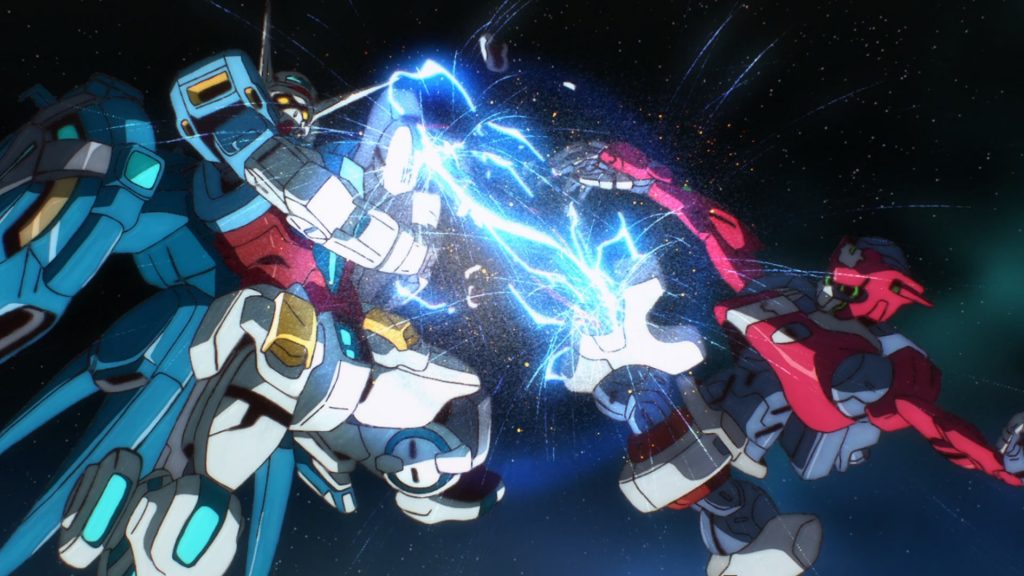
So what is G-Reco actually about?
To this date, G-Reco remains one of the flashiest Gundam titles in terms of both SFX and intricate mechanical design. In series, the majority of the mobile weapons and space vessels were developed using the mysterious “Rose of Hermes” blueprints, which we later discover are the remnants of Universal Century technology. Factions like the G-IT Laboratory have dedicated themselves solely to reverse engineering Universal Century weapons. This has allowed various mobile weapons to loosely resemble the mecha of old from the Universal Century, such as Gundams, Zakus, Gelgoogs, Z’Goks and other Zeon weapons like even the Qubeley.
One could glean this is a metaphor for being stuck in the [war-like] past, a recurring theme in Tomino works.
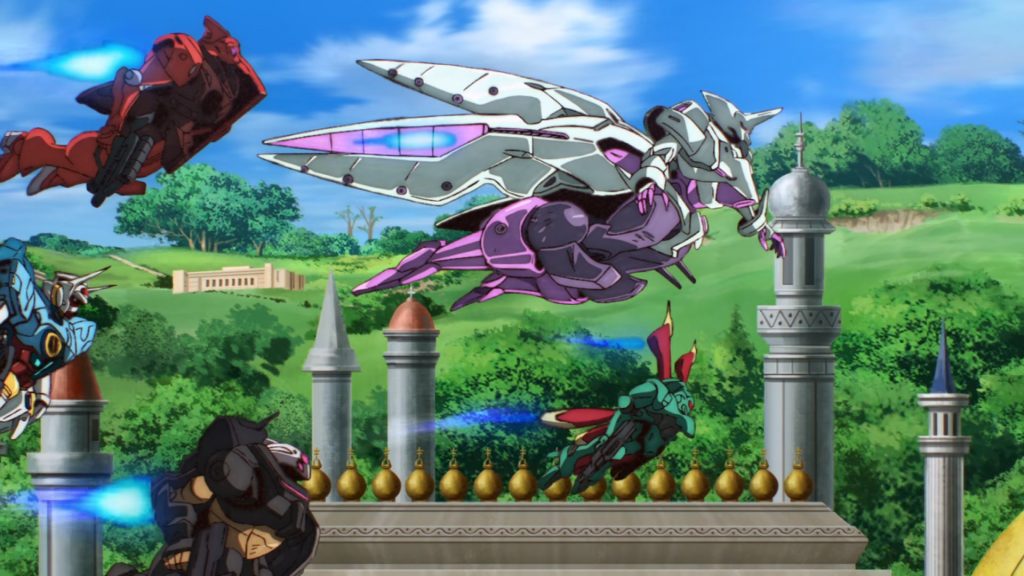
It felt intentional that Tomino wanted to reflect warfare in this manner as both a meta commentary on those ignorant of war but also fans of Universal Century era Gundam. Despite the technological taboos imposed by the SU-Cordists to maintain a peaceful society and recurring condemnations of the Universal Century, we witness different factions breaking these taboos and making excuses in their pursuit of militarization. Ameria aims to win its intercontinental war with Gondwan, the Capital wants to maintain its monopoly on Photon Battery distribution, and the titular “Reconguista” involves the resettlement of Earth by the Spacenoids. Many characters gleefully engage in battles, testing the limits of their shiny new mecha.

“G-Reco argues that, while there are merits to a world where large-scale global conflict is a distant memory, namely because it means people don’t have to suffer to the same degree, it ironically pushes war and violence even further into the realm of appealing fantasy. It becomes about heroes and villains, about glory and pride, rather than death and destruction.” -Oguie Maniax
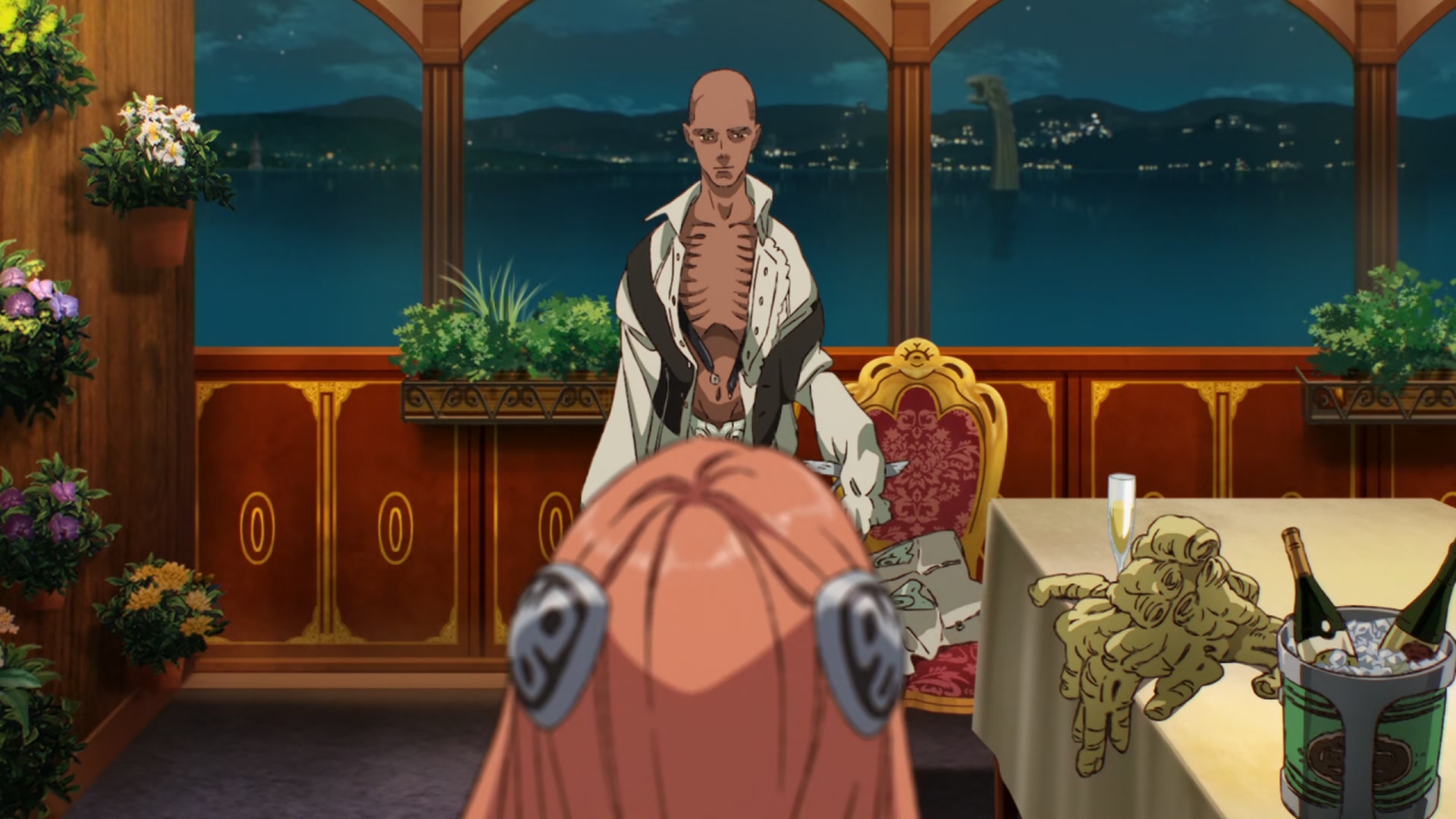
In spite of its reputation, Gundam Reconguista in G is a multilayered, underappreciated, and sometimes head-scratching work of art, and one of the most important in Tomino’s career. Tomino aims to challenge not only the viewer but also the Gundam franchise itself, using the Universal Century as a vehicle to critique technology monopolization, fantastical views of warfare, and societal stagnation.

References: Gshelf, Tsuki no Mayu, ANN(1)(2)(3), Oguie Maniax


















It’s really interesting that Tomino did his take on a post U.C. story and using elements from a Correct Century to create Reconquista in G.